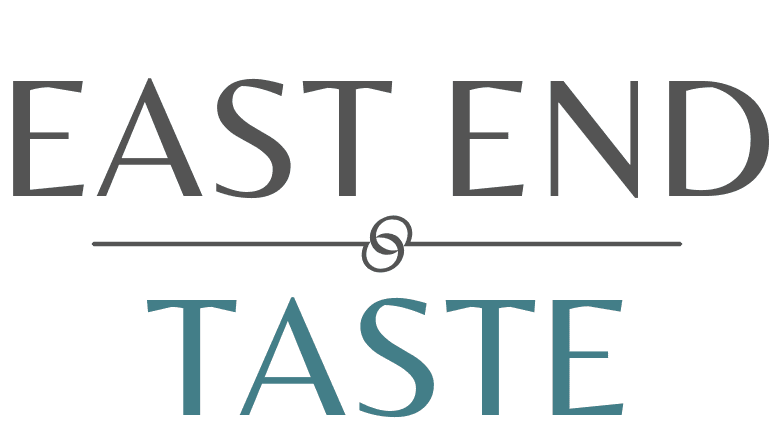The global knitwear market is on a positive incline as it has already hit $894.06 billion and could reach $996.79 billion before the end of this year (2025). Looking ahead, it could expand to $2.481 billion by 2033, translating to an average yearly growth of 12.07%.
Based on these statistics alone, you can agree that many people are turning to old-fashioned trends. And you don’t have to look so far to know how true this is. Just a glance at this graphic hoodie collection tells it all, as knitwear has been incorporated in streetwear staples.
Why is knitwear trending?
A few regional insights
To just put everything into perspective, let’s look at how different markets are responding. Straits Research shows North America dominates the global market primarily because of its well-developed retail infrastructure.
Consumers on the continent prefer high-quality, comfortable knitwear, which provides good grounds for the growth of premium brands. This is perhaps one of the reasons the Department of Commerce’s Office of Textiles and Apparel noted a 2.6% growth in textiles and apparel imports in 2024.
Other markets showing great potential include:
- Asia Pacific, which is expected to witness a 15.5% CAGR growth within the next few years
- Europe, with an anticipated annual growth rate of 12%.
Why is knitwear becoming so popular?
The most exciting part of knitwear is the variety of materials. Each type has characteristics that improve functionality and aesthetics while providing comfort. And these can range from natural and synthetic fibres to sustainable materials.
Natural fibres
Take wool, for instance. Sourced from sheep, wool offers natural elasticity and moisture-wicking characteristics, making it a favorite for many. It’s a good option for fall because it can help regulate temperature.
Cotton, on the other hand, offers breathability and softness. You can comfortably use it for everyday wear, given that it’s lightweight. For those seeking softness and insulation, cashmere outfits work well.
Synthetic fibres
If you find wool slightly costly, you may want to settle for acrylic. It’s resistant to moths, retains shape well, and can blend with other fibers to improve durability.
Polyester offers resilience and quick-drying properties while resisting shrinking. Other options, like Nylon, come in handy when you want strength and elasticity.
Sustainable trends
Modern customers have become super-discerning and want to transact with brands that operate sustainably. Thankfully, the knitwear industry knows this and has been adjusting to maintain its relevance.
That’s why you may have encountered:
- Recycled fibres
- Biodegradable bamboo fibres
- Hemp
More market drivers
Seasons like autumn significantly affect the demand for knitwear. Remember, autumn usually comes with rapid temperature changes, increasing the desire for comfortable and warm clothing.
The popularity of e-commerce has also helped advance this industry. Imagine, with just a few taps on your smartphone, you can access any outfit of your choice without needing to access a physical location.
Surprisingly, about 77% of consumers claim that such convenience positively affects their purchasing decisions. Realizing this, knitwear brands have been developing customer-friendly websites to allow shoppers to easily access their preferred outfits.
Others even go the extra mile to personalize experiences. They will often take time to study different customer preferences and then tailor relevant recommendations. WiserNotify did a study along these lines and discovered that personalized experiences increase retention by up to 44%.
Therefore, seeing the knitwear industry expand should not be surprising. Also, don’t forget that companies are turning to more innovative materials like smart fabrics to improve functionality, such as temperature regulation.
What better way to appeal to tech-savvy consumers seeking to navigate the rapidly changing autumn season than to provide such products?
Final words
It shouldn’t be shocking that the knitwear industry is making significant strides. The industry paying close attention to what customers want and making changes to stay in the loop.
That’s why you may have encountered sustainability-focused outfits that appeal to eco-conscious buyers. Even tech-savvy customers can find something relatable, especially with the rise of smart fabrics. In other words, there’s just something for everyone!


